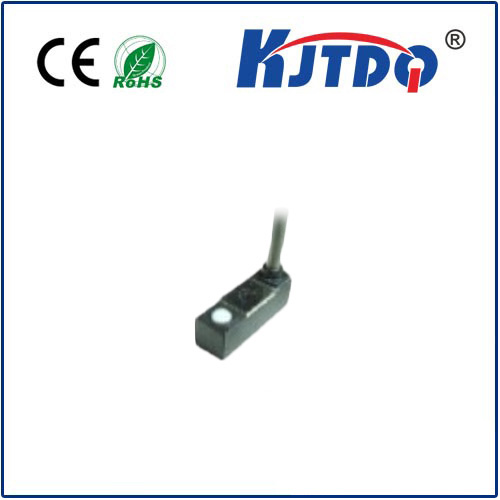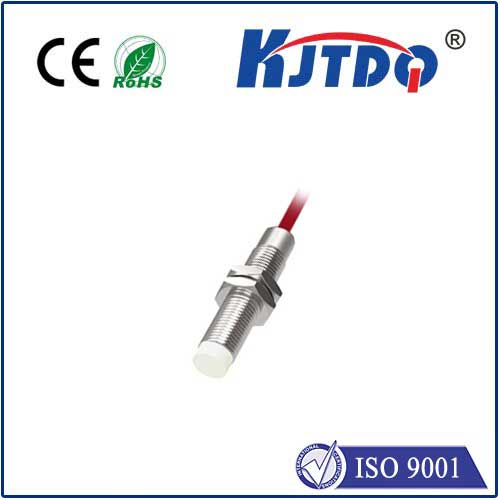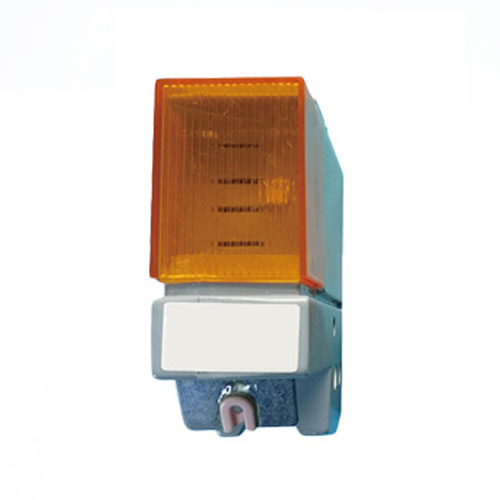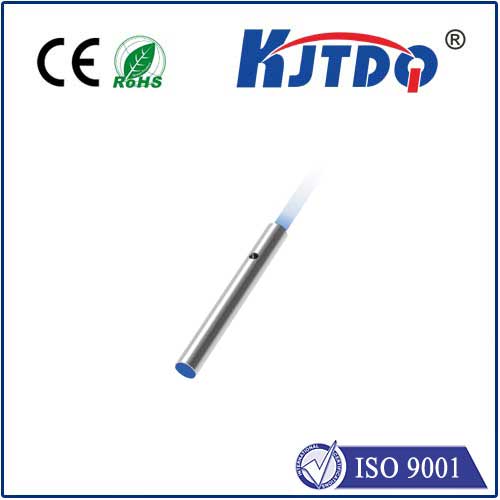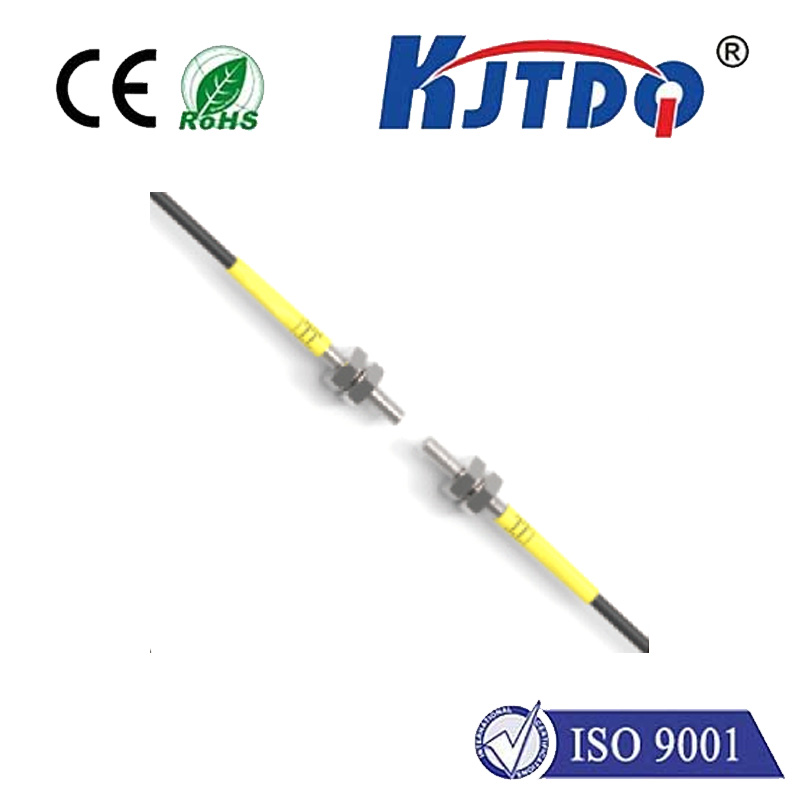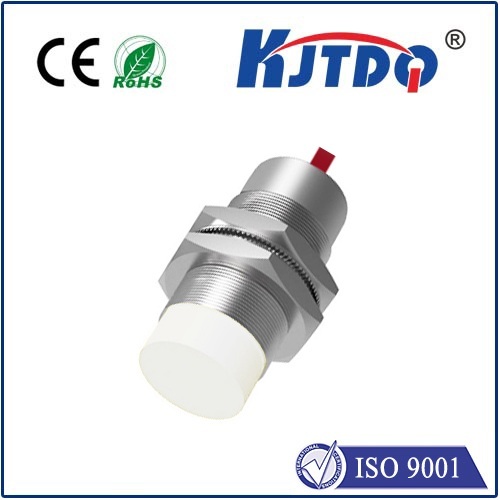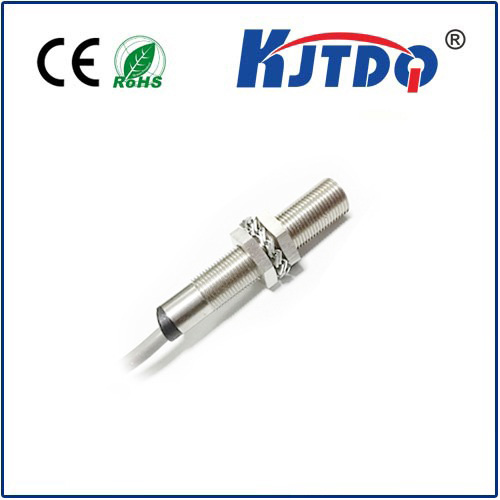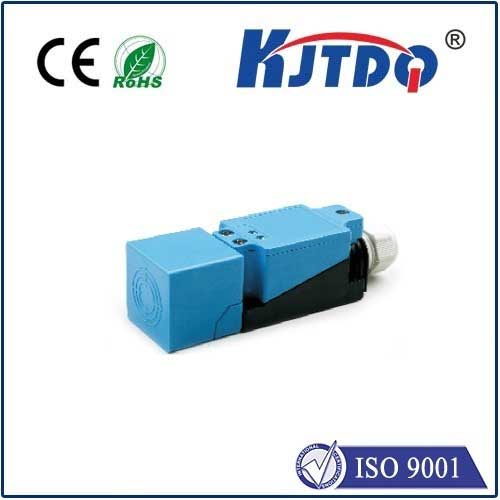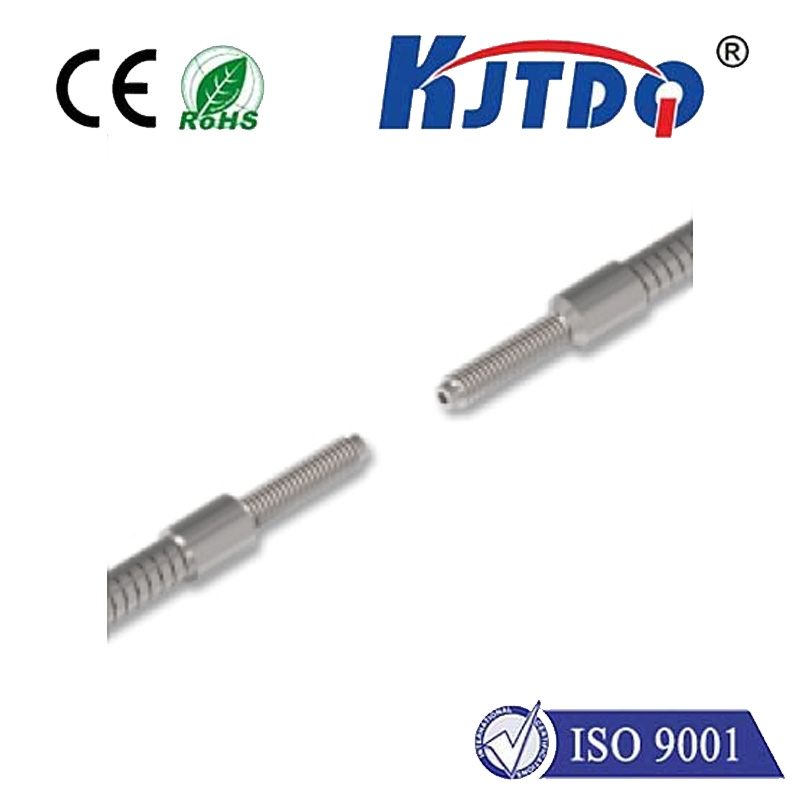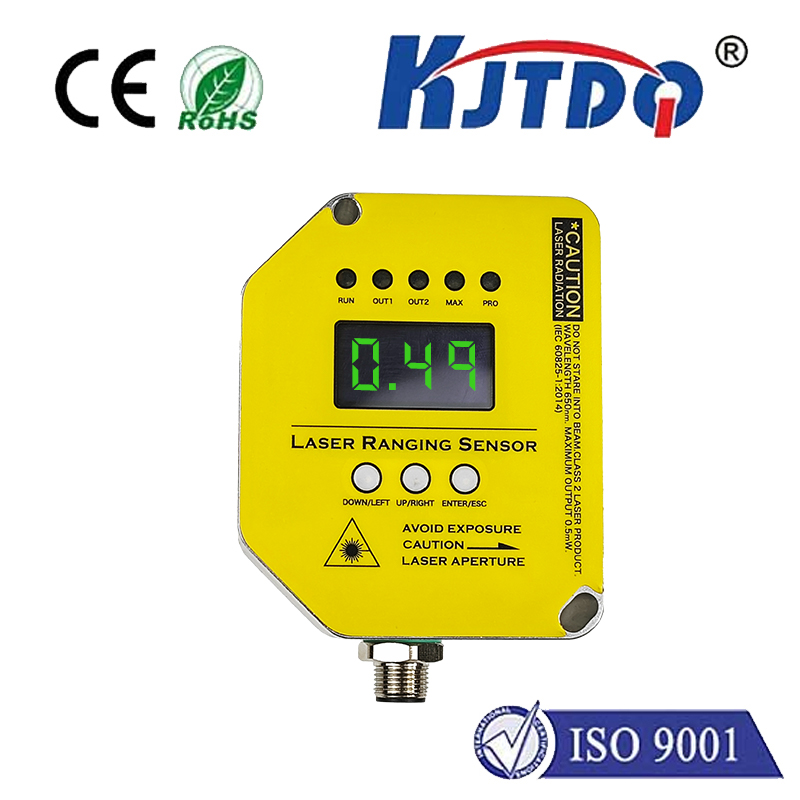Датчик приближения Fotek
- time:2025-07-07 12:56:32
- Нажмите:0
Proximity Sensing Excellence: Your Guide to Fotek Proximity Sensors
Imagine robots placing parts with millimetric precision, conveyor belts stopping instantly as an operator approaches, or packaging machines seamlessly detecting product presence – all without a single physical touch. This is the invisible, reliable world made possible by proximity sensors, and Fotek stands as a leading force in delivering this critical industrial automation technology. Understanding Fotek proximity sensors is key to unlocking enhanced safety, efficiency, and seamless operation within countless automated systems.
Demystifying the “How”: The Core Principle
At their heart, Fotek proximity sensors operate on a simple yet ingenious principle: detecting the presence or absence of an object within a defined range without physical contact. This non-contact detection is crucial for environments demanding high reliability, minimal wear, and resistance to contaminants like dust, oil, or liquids. Fotek primarily leverages two dominant technologies:
- Inductive Proximity Sensors: The undisputed workhorses of the industry, Fotek inductive sensors generate an electromagnetic field. When a metallic object enters this field, it induces eddy currents within the metal, altering the sensor’s internal oscillation. This change is detected, triggering the sensor’s switching output (ON/OFF). Their robustness makes them ideal for detecting metal targets in harsh industrial settings like machine tools, assembly lines, and automated welding.
- Capacitive Proximity Sensors: These sensors detect changes in capacitance. They generate an electrostatic field and react when any material (metal, plastic, wood, liquid, granules) with a different dielectric constant than air enters this field. This versatility makes Fotek capacitive sensors perfect for level detection in tanks (liquids, powders), detecting non-metallic objects on conveyors, or checking fill levels in packaging applications.
The Hallmarks of Fotek Proximity Sensors

Fotek has built its reputation on consistently delivering sensors that meet the demanding needs of modern automation. Key characteristics define their offering:
- Exceptional Reliability & Longevity: Engineered for industrial toughness, Fotek sensors boast robust housings (typically PBT or stainless steel variants) and withstand demanding conditions involving vibration, shock, and temperature fluctuations. Their contactless operation inherently eliminates mechanical wear, leading to significantly extended service life compared to mechanical switches.
- High-Speed Switching: Capable of operating at frequencies often in the kilohertz range, Fotek proximity sensors excel in high-speed automation environments. They can detect objects moving rapidly on production lines, enabling precise control and sequencing.
- Diverse Sensing Ranges & Form Factors: Fotek offers an extensive catalog catering to diverse needs. Sensors are available in barrel shapes (cylindrical M8, M12, M18, M30), rectangular, block, and ring configurations, with sensing distances ranging from just a couple of millimeters up to several tens of millimeters depending on type and size. This ensures the right sensor fits any application space constraint.
- Superior Environmental Resistance: Meeting stringent IP (Ingress Protection) ratings, such as IP67 (dust-tight and resistant to temporary immersion) or IP69K (resistant to high-pressure, high-temperature water jets), is standard for many Fotek models. This resilience ensures flawless operation in washdown conditions, outdoor applications, and dusty workshops.
- Electrical Flexibility: Fotek provides sensors with various output configurations to integrate seamlessly into different control systems:
- DC Sensors: Available in NPN (sinking) or PNP (sourcing) transistor outputs (3-wire), plus 2-wire AC/DC models. NPN/PNP compatibility is essential for matching PLC inputs.
- AC Sensors: Primarily 2-wire models designed for simpler alternating current circuits.
- Analog Output Models: Some variants offer proportional analog outputs (e.g., 4-20mA, 0-10V), providing continuous distance information rather than just a simple switch signal.
- LED Status Indicators: Built-in LEDs provide instant visual confirmation of the operational status (powered ON) and switching state (detection active), greatly simplifying installation, diagnostics, and troubleshooting.
Where Fotek Proximity Sensors Make an Impact
The applications for Fotek proximity sensors are virtually limitless across manufacturing and process industries. Common critical uses include:
- Position & End-of-Travel Sensing: Verifying cylinders are retracted/extended, detecting the presence of workpieces at specific stations on an assembly line. This ensures process integrity and prevents jams.
- Object Detection & Counting: Detecting products, bottles, caps, or components on conveyors for counting, sorting, or triggering subsequent actions. Essential for manufacturing efficiency.
- Speed Monitoring: Detecting teeth on gears or markers on rotating shafts to monitor rotational speed or detect stalling.
- Level Control: Capacitive sensors reliably detect fill levels in bins, hoppers, or tanks containing liquids, granular materials, or powders, preventing overfills or run-dry conditions.
- Machine Safety: Used as part of safety circuits to detect guard positions or the presence of personnel in restricted zones (often combined with safety controllers).
- Robotics: Providing precise object detection for pick-and-place operations and guiding robotic arms.
Selecting the Right Fotek Proximity Sensor: Key Considerations
Choosing the optimal Fotek sensor requires evaluating several application parameters:
- Target Material: Is the object metal (use inductive) or non-metal like plastic, wood, or liquid (use capacitive)?
- Required Sensing Distance: What is the maximum distance needed between the sensor face and the target? Choose a model whose nominal sensing range (Sn) comfortably exceeds the actual gap required.
- Operating Environment: Consider exposure to temperature extremes, water, chemicals, cutting fluids, or significant vibration/shock. Select housing material (e.g., nickel-plated brass, stainless steel) and an IP rating that guarantees reliable performance under those conditions.
- Output Type Compatibility: Does your control system require NPN, PNP, 2-wire, or analog output? Match this carefully.
- Size & Mounting Constraints: Will the sensor fit physically? Consider barrel diameter, body length, or rectangular dimensions, and ensure suitable mounting hardware (brackets, flush/non-flush mounting capability) is available.
- Electrical Specifications: Verify voltage requirements (e.g., 10-30V DC, 20-250V AC) and current consumption match your power supply.
The Fotek Advantage: Precision You Can Rely On
Fotek proximity sensors represent a blend of sophisticated sensing technology, rugged industrial design, and proven reliability. By offering a comprehensive range of inductive and capacitive models tailored to withstand harsh conditions and deliver precise, high-speed detection, Fotek empowers engineers and technicians to build smarter, safer, and more efficient automated systems. Understanding their principles, strengths, and selection criteria is the first step towards harnessing the invisible precision and operational resilience that Fotek brings to modern manufacturing.

